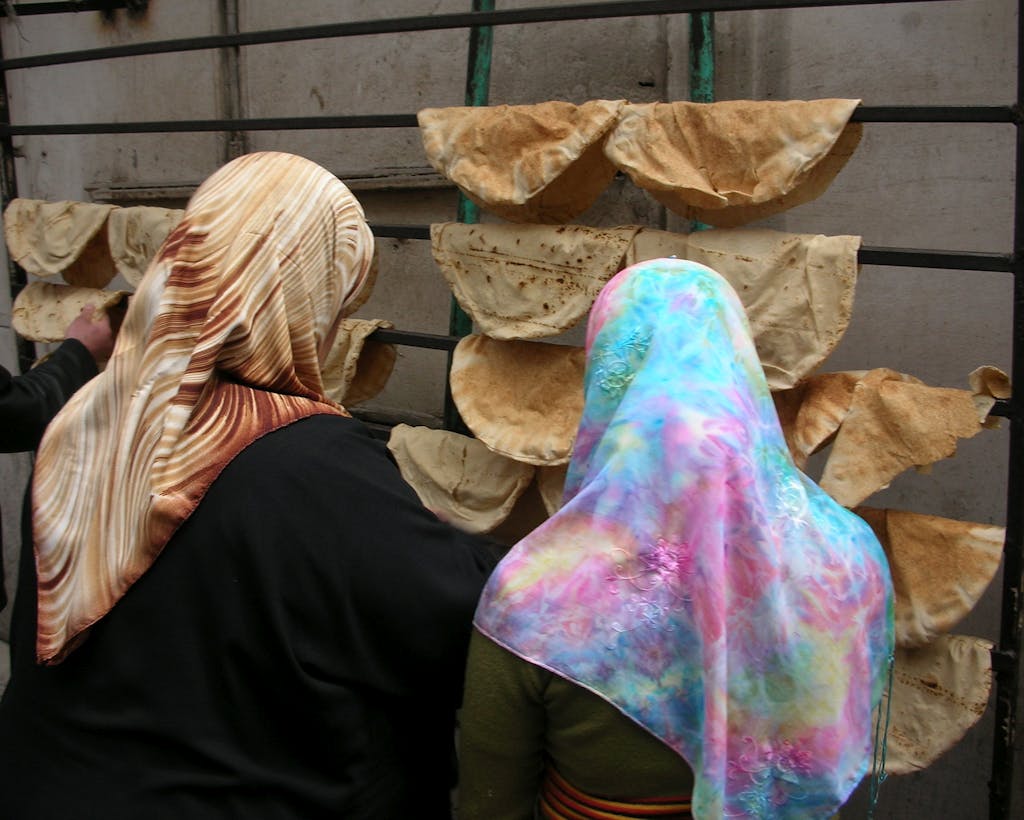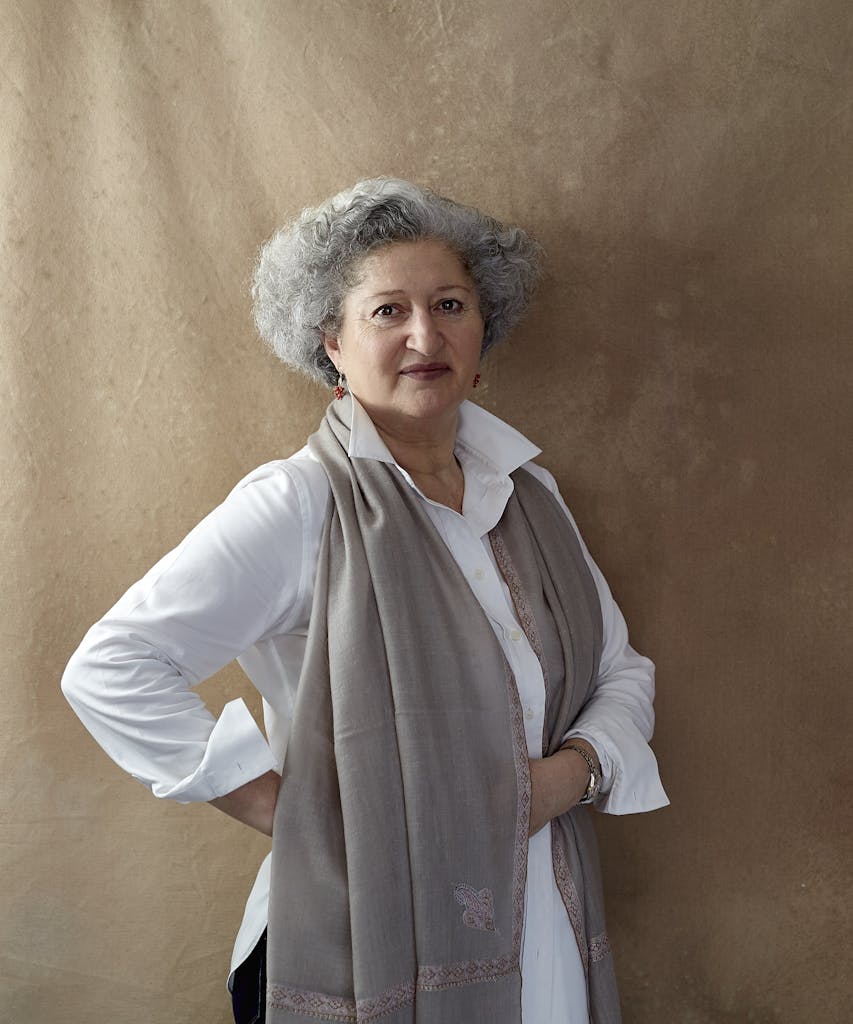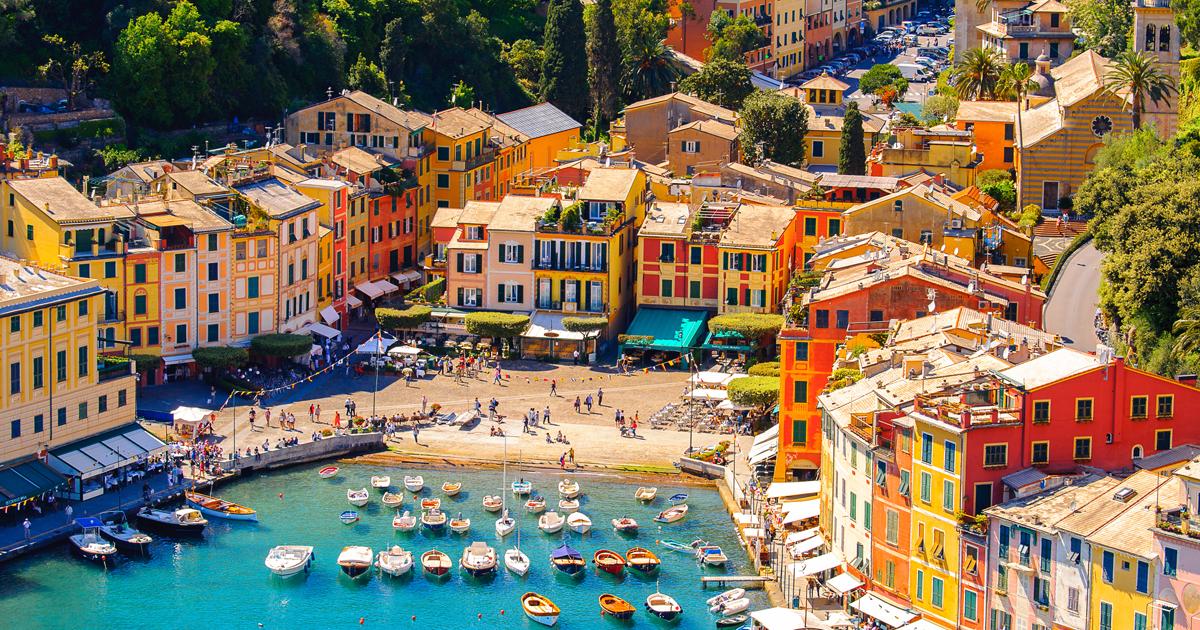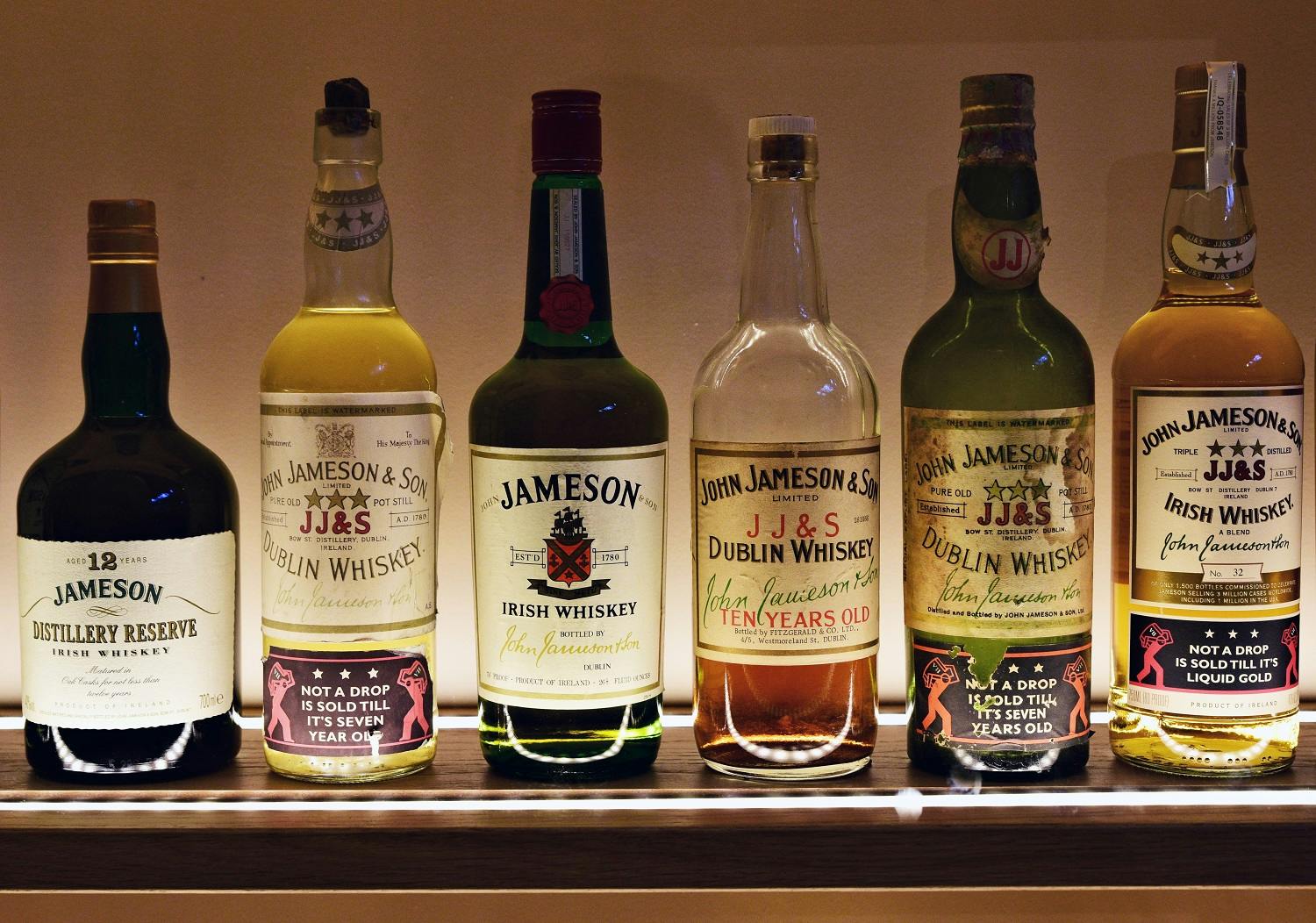Moving to Sicily: Like Going Home Without Going Home
This article was originally published on Silversea’s first issue of “Talks: People, Places, Stories” magazine, a collection of stories, interviews and photo essays – dialogues, in essence – that offer unique and at times unexpected points of view of tried and true destinations. The first issue of Talks was devoted to Italy. It also includes a piece by acclaimed author and travel writer Paul Theroux, who remembers the magic of his first Italian trip to the Bel Paese, almost 60 years ago.
On the door of Anissa Helou’s Trapanese home is a rather peculiar bas-relief, a nod to the chef, scholar and book author’s particular brand of culture-bending irony. “It’s my memoji!”, she explains, with a throaty, contagious laugh, referring to the anthropomorphic emoji one can customize to look like oneself. “I gave it to the local artisan who worked on my floors and asked him to reproduce it in the same marble they use for tombstones: one day, I told him, he’ll have to make a huge one for my burial site.”
The memoji perfectly captures Helou’s signature salt-and-pepper curly bob and her tortoise eyeglass frame: her look is iconic, but Helou is famous for much more than her accessories – or wit. Born in Beirut, from a Lebanese mother and Syrian father, and educated in London (she studied Interior Design and Art, polishing her already impeccable eye), she worked for Sotheby’s and then as an art advisor, notably for members of the ruling family of Kuwait.
In 1999, moved by a desire to reconcile with the food of her origins, she sold her London townhouse and personal art collection, and the course of her life shifted. She started writing cookbooks, teaching, hosting dinners. She is now considered the authority on the food of the Islamic World. It’s the epicenter of much of her work, most notably of her ninth and latest volume, the 2019 James Beard Award-winner “Feast”, a seminal text on the subject.
Tracing the link between the nuanced culinary tradition of what we (often sloppily) generically identify as “Middle East” and that of her adopted home of Sicily comes easy to her. “I first came to the island more than 20 years ago,” she tells me. “I decided to build a house here after visiting my good friend (American author) Mary Taylor Simeti during olive harvest. The winning argument with my brother, who disapproved of the plan, was that moving to Sicily would be like going home without going home, because the landscape and the ingredients felt so similar to those of Syria and Lebanon.”
Helou, whose passion for art covers ancient artifacts as well (for a period, in her “previous life”, she also worked as an antique dealer), loves the archeological sites of Mozia and Segesta, and finally purchased land not far, outside Erice. She then called on her late friend, architect Zaha Hadid, to help with the project. After Hadid’s death she redirected her building efforts to Trapani’s waterfront, where she now spends a few months a year, in a light-flooded penthouse with a terrace that feels like a trampoline, lined by nothing but cerulean sea. When she’s there she spends her days entertaining her friends, researching, writing. She cooks regularly, and enjoys exploring the local markets, butcher shops and bakeries.

While a design lover might marvel at the stunning open plan kitchen/living area, I was struck by her spice collection. So it seems apt to start here. A common mistake, according to Helou, is linking Sicilian cuisine and that of the Islamic world through their use of spices. “It’s rarely flavors in Sicilian food that take me back home, it’s more individual ingredients, and the shape of foods,” she says. “The spice spectrum is not as exotic and is certainly more muted. Sicilians don’t use allspice and even when they use, say, cinnamon and saffron, they’re not as strong.
“It doesn’t just go for spices. I’m thinking of raisins, which are common in both cultures, as are pine nuts, but in a typical dish like Pasta con le sarde feel more like an afterthought.” This king of Sicilian primi (with fresh sardines, anchovies, raisins, pine nuts and wild fennel) is however indicative of a very substantial link between the two traditions: the mixing of sweet and savory. “That is a common trait, and one almost entirely absent in the rest of Italy.” While it’s admittedly hard to establish a link between the Arab occupation of Sicily and its culinary canon–Helou reminds me that couscous, contrary to common lore, comes from Tunisia. The presence of sugar is an irrefutable proof. There is also the matter of quality. “All the cultures of the Islamic world are obsessed with the seasonality of ingredients,” an argument that can be made for all of Italy, sure, but that’s especially strong in its south.
Helou also mentions the shape of food, namely the habit of enclosing food in more or less elaborate casings, as something of a trait d’union between the two traditions. “There’s many examples,” she says. “Take the eggplant timballo,” incidentally one of her favorite Sicilian dishes to eat and to make (she favors the Baroque version from Giuseppe Tomasi di Lampedusa’s “The Leopard”), “which is reminiscing of the Levantine maqluba.” Or the arancini (as the delicious fried filled rice balls are known in Eastern Sicily: they’re arancine in Western Sicily). “They’re similar to one specific rice-based variation on kibbeh that can be found in Syria, not round but oval, smaller, and stuffed with meat.”
I’m reminded of what master pastry chef Corrado Assenza, of Caffè Sicilia in Noto, told me about cuccìa, a dish of sweet, boiled wheat berries served during the St. Lucia festivity, which can also be traced back to the Arabs. “It’s true,” Hellou says. “The dessert asure from Turkey is also made with boiled grains, and garnished with soaked nuts: the Lebanese flavor it with orange blossom and rose water and serve it to celebrate St. Barbara, the equivalent of Halloween.”

The symbolic meaning of food, its function as fulcrum of the social and familiar fabric, is also an obvious link, as is the role of bread. While the incredibly rich spectrum of flatbreads produced in Turkey, Syria, Lebanon and Yemen, to name a few, has no match in Durum-wheat bread heaven Sicily, there are some similarities. “There’s a Southern focaccia which is made with very loose dough, quite like sangak,” the beautiful arm-long Persian flatbread that gets its gibbous surface from being laid on top of pebbles. Helou and I were bound to finish on a flatbread’s note, since we’re both enamored with the subject of dough (if you want to deep dive into it, I recommend her Savory Baking from the Mediterranean).
When we last spoke, she was in London, en route to see her elegant mother, who still lives in Beirut. “With Brexit it’s become more difficult to stay in Trapani for long stretches at a time. But I can’t wait to be back there.” She’s currently on a sabbatical yet her inquisitive mind never ceases buzzing. “Mary Taylor Simeti and I have been discussing a project tracing the Arab influence on Sicilian cooking,” she tells me. For a few years now she’s also dreamed of building a school focusing on the gastronomic culture of the Mediterranean basin on her land near Erice. At one point she was afraid it might never happen. And now? “Perhaps,” she laughs.



















